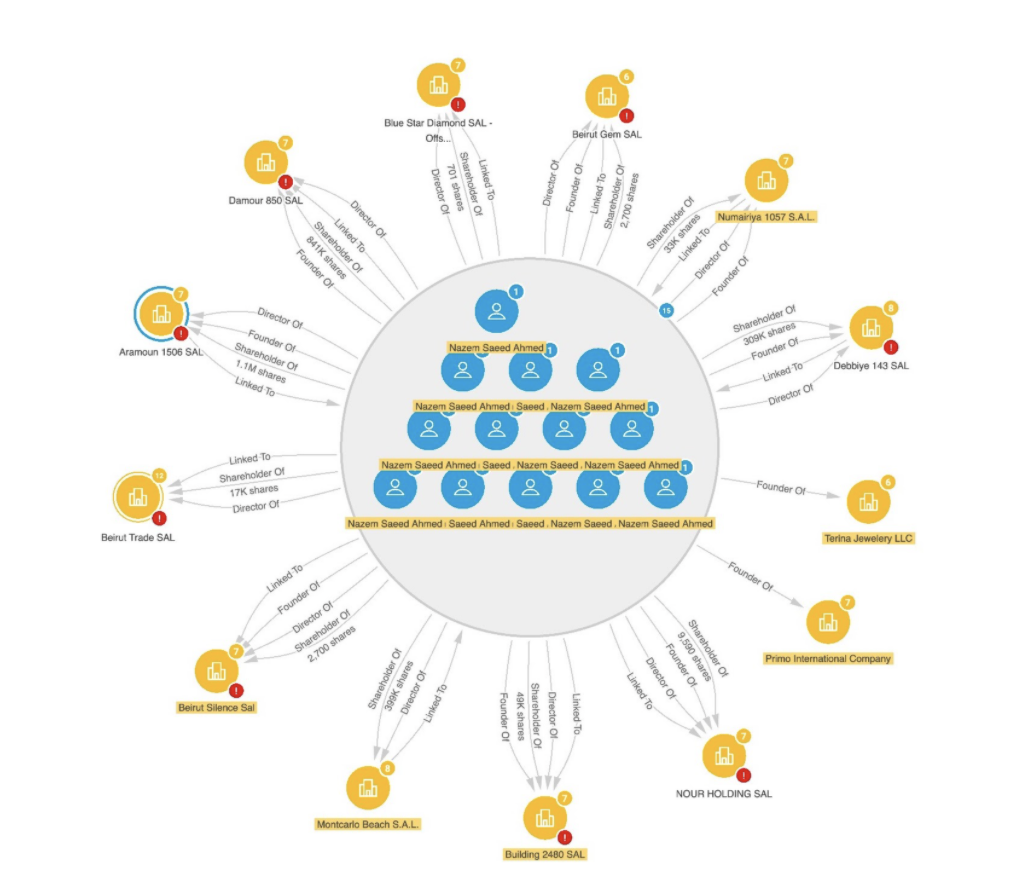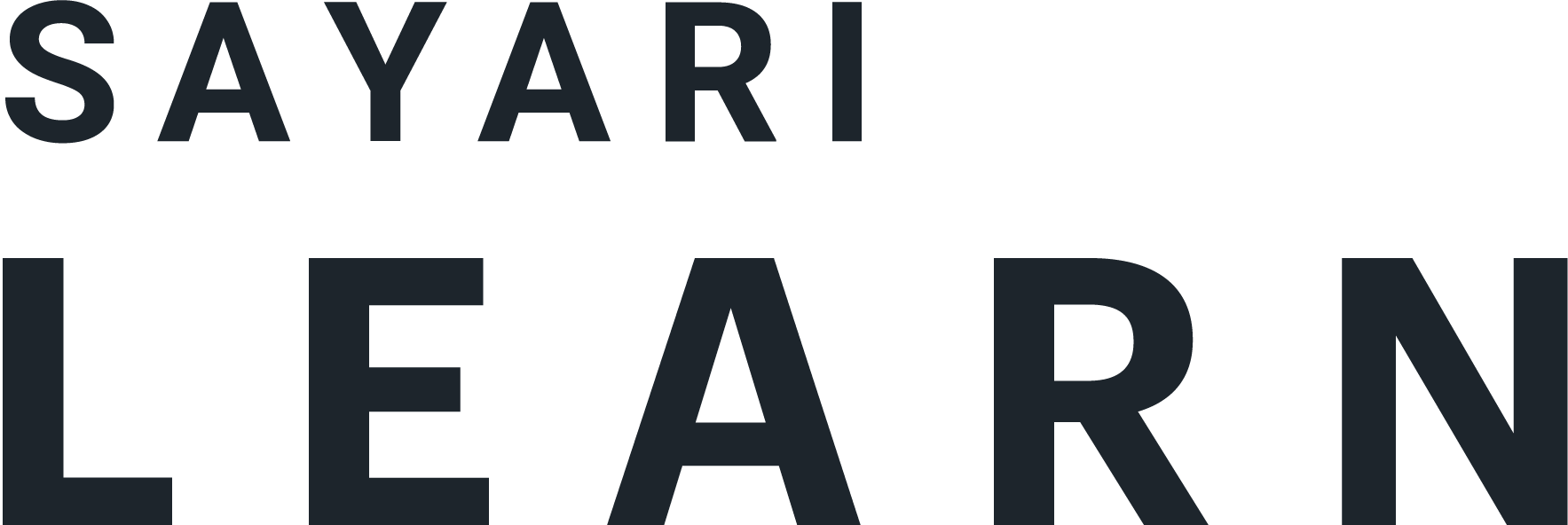Using Sayari Graph’s Automated Co-Director ‘Possibly Same As’ Feature to Accelerate Investigations
Sayari analysts and data engineers have worked together to help Sayari Graph users find subjects across multiple companies in the same jurisdiction through an automated ‘possibly same as’ (PSA) feature.
While maintaining strict resolution rules to mitigate false positives, Graph’s unique co-director PSA feature helps users quickly disambiguate subjects within certain jurisdictions by automatically applying logic used by human analysts. With Graph’s co-director PSA, users can quickly see which companies are linked to their subject and limit the resources needed for each investigation.
Strength of the co-director PSA when PII is lacking
When investigating a subject in an opaque jurisdiction or using public records without strong PII, disambiguation is often made more difficult due to language barriers and limited searchability of native registries. Luckily, Graph’s search capabilities and co-director PSA feature helps users mitigate the time needed to find all entities associated with a subject.
Lebanon’s commercial register, for example, can only be searched by company name or ID when using the native registry. In order to find a subject in Lebanon using the registry, the user would need to know the exact name or ID of the company, or companies, linked to the target.
In Graph, users can search by shareholders to quickly find name matches in Lebanese corporate records. Moreover, if a subject appears on more than one company with the same related parties, Graph will trigger the co-director PSA to highlight each company that the subject is linked to. This helps users quickly view their subject’s commercial network in that jurisdiction.
Graph’s PSA feature is built around logic used by human analysts. Analytically, it is highly likely that a full name match of two or more related parties across companies in the same jurisdiction indicates that they are all the same individuals. In order to avoid false positives, the PSA feature uses specialized logic to filter hyper-connected nodes. For example, KPMG is an auditor for roughly 30 percent of all Lebanese companies and would therefore not trigger a PSA.

Fig. 1: A snapshot from Graph showing how the PSA feature finds co-directors between companies in Lebanon.
Viewing the network of an alleged Hezbollah financier using Graph’s co-director PSA
The U.S. Treasury Department’s Office of Foreign Assets Control (OFAC) sanctioned Nazem Said Ahmad (ناظم سعيد احمد), a Lebanese national, in December 2019 due to his role in laundering money for Hezbollah — a U.S.-designated foreign terrorist organization. Ahmad allegedly laundered money through his large art collection — worth tens of millions of dollars — and his group of companies.
Graph shows Ahmad listed on multiple Lebanese companies.Without Sayari’s co-director PSA, the user would need to view each individual company record or other open source information to confirm whether or not these are the same Nazem Said Ahmad. Luckily, Sayari’s co-director PSA highlights the companies that are likely all tied to Ahmad because they meet Graph’s PSA threshold — two or more related parties with full name matches.

Fig. 2: A snapshot from Graph visualizing Ahmad’s commercial network in Lebanon based on co-director PSA logic. The various nodes for Nazam Said Ahmad are grouped together as PSA individuals based on shared related parties on each corporate entity.
Beyond Lebanese records, Graph’s co-director PSA feature is currently active for Mexican, Thai, and Panamanian corporate data sources as well.
